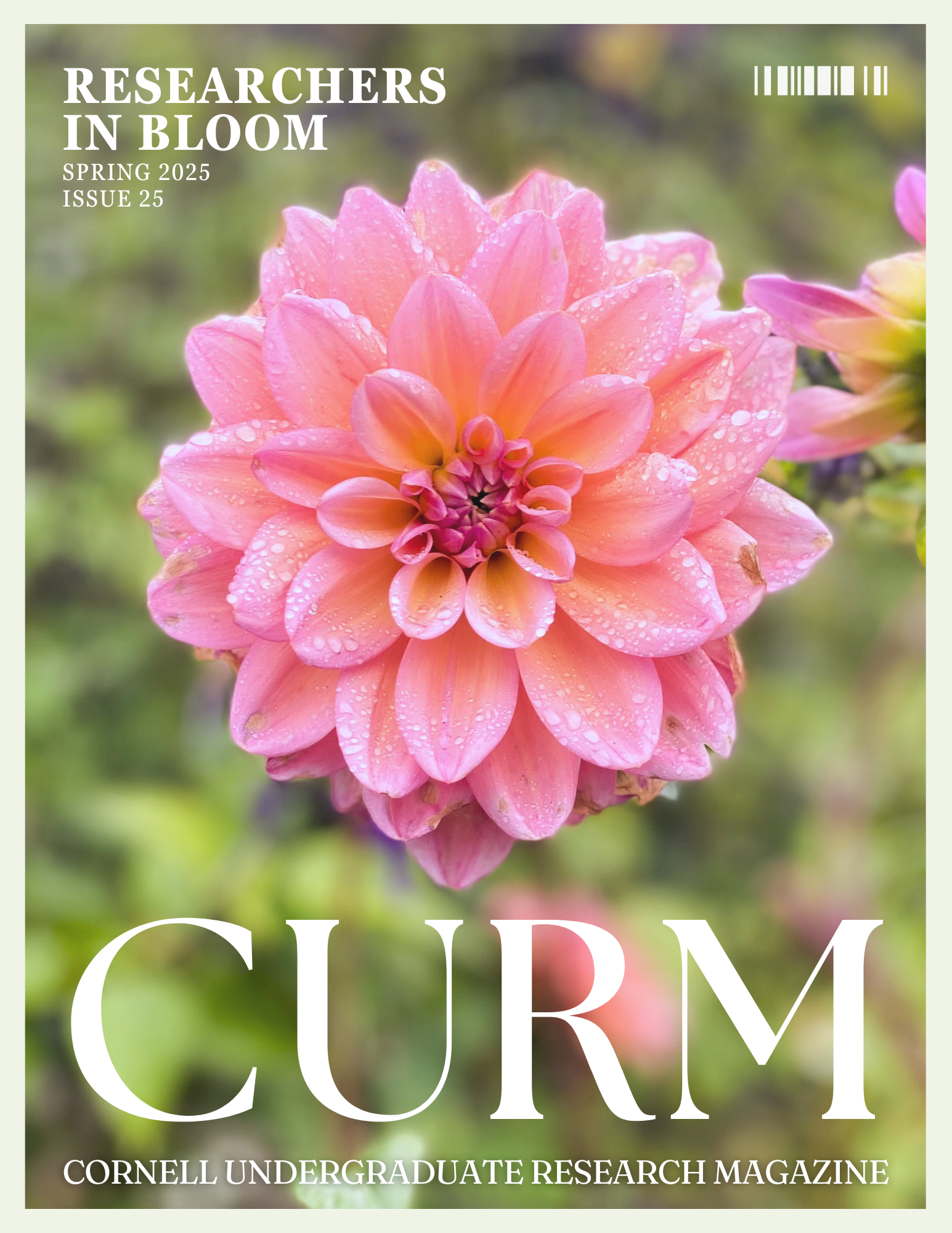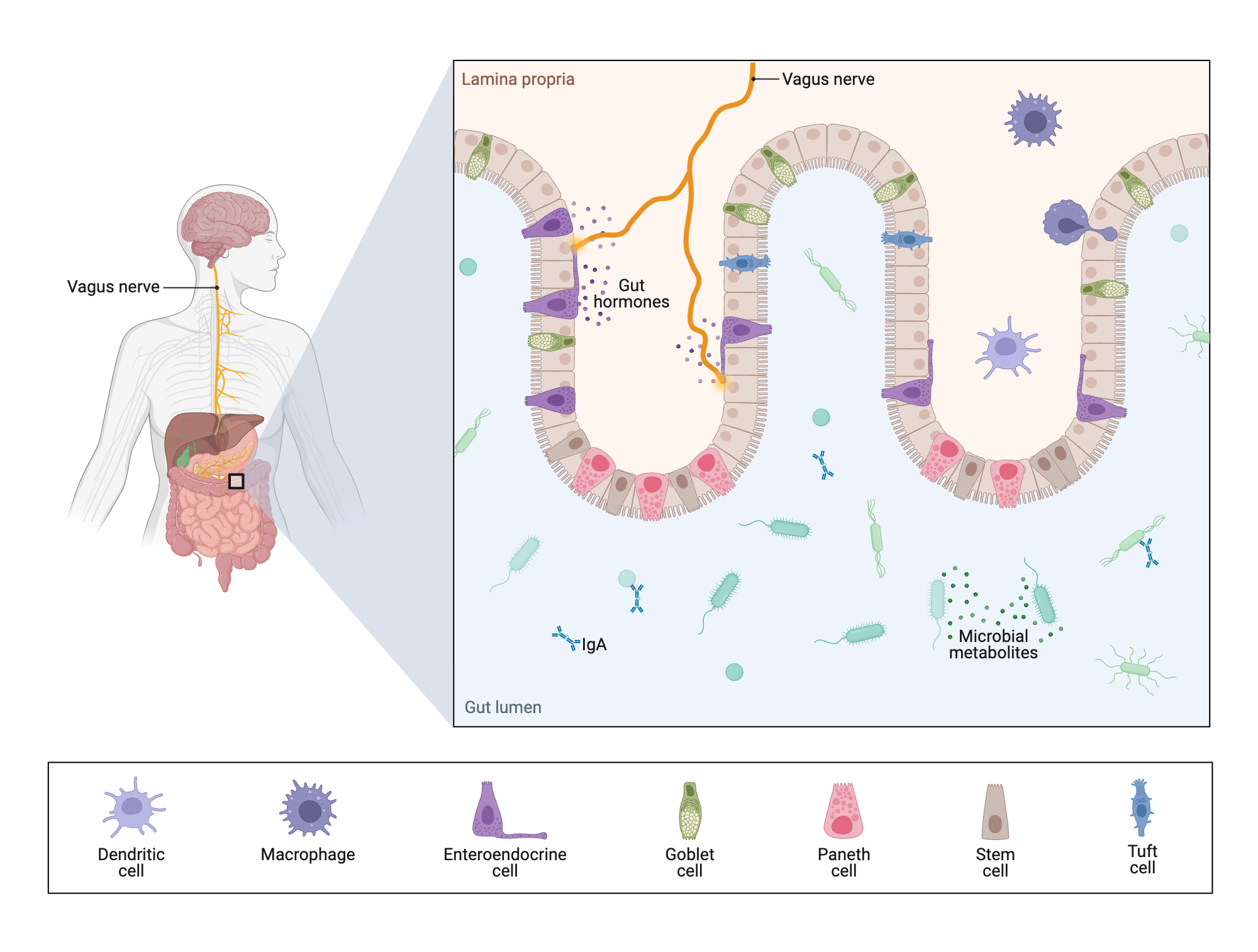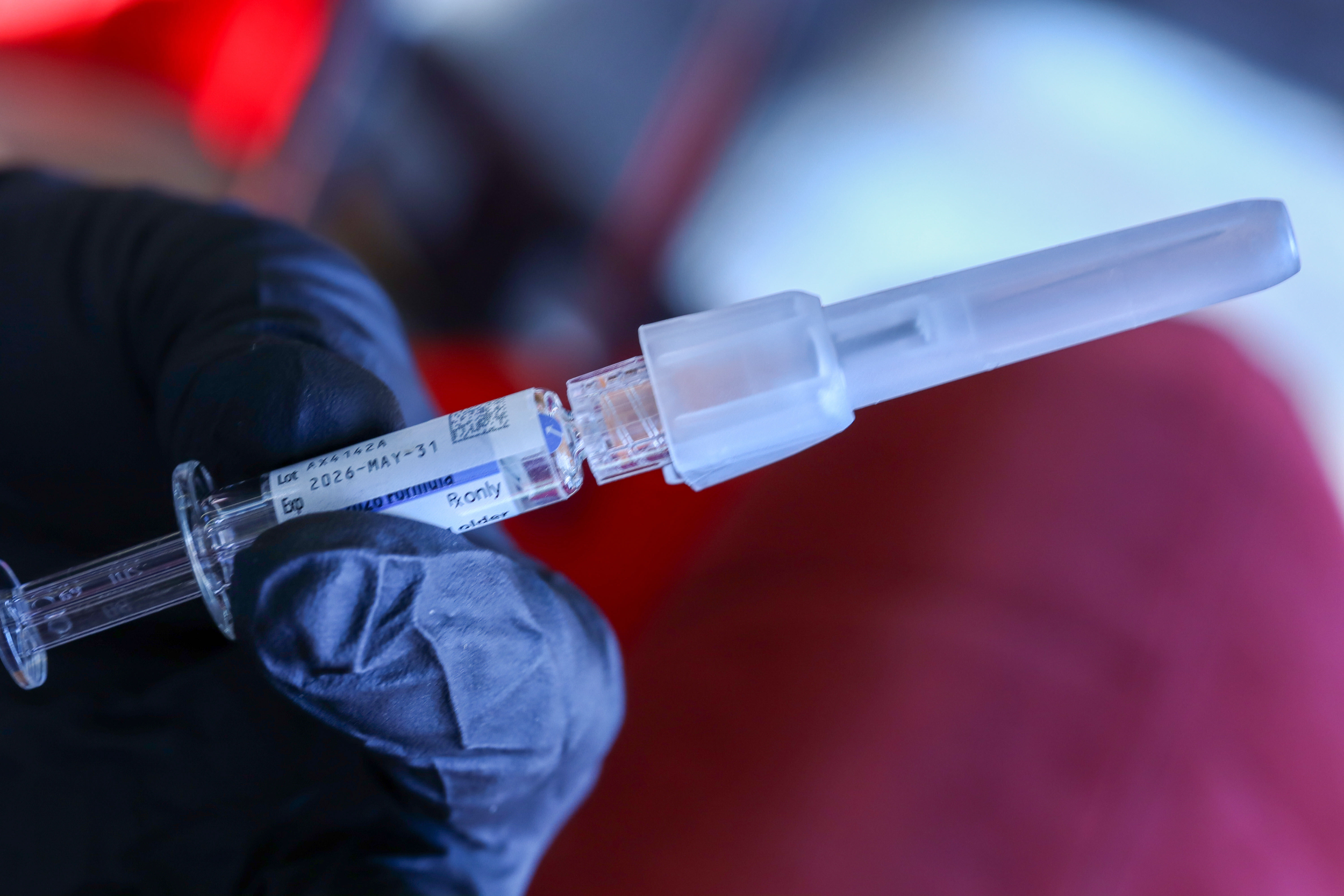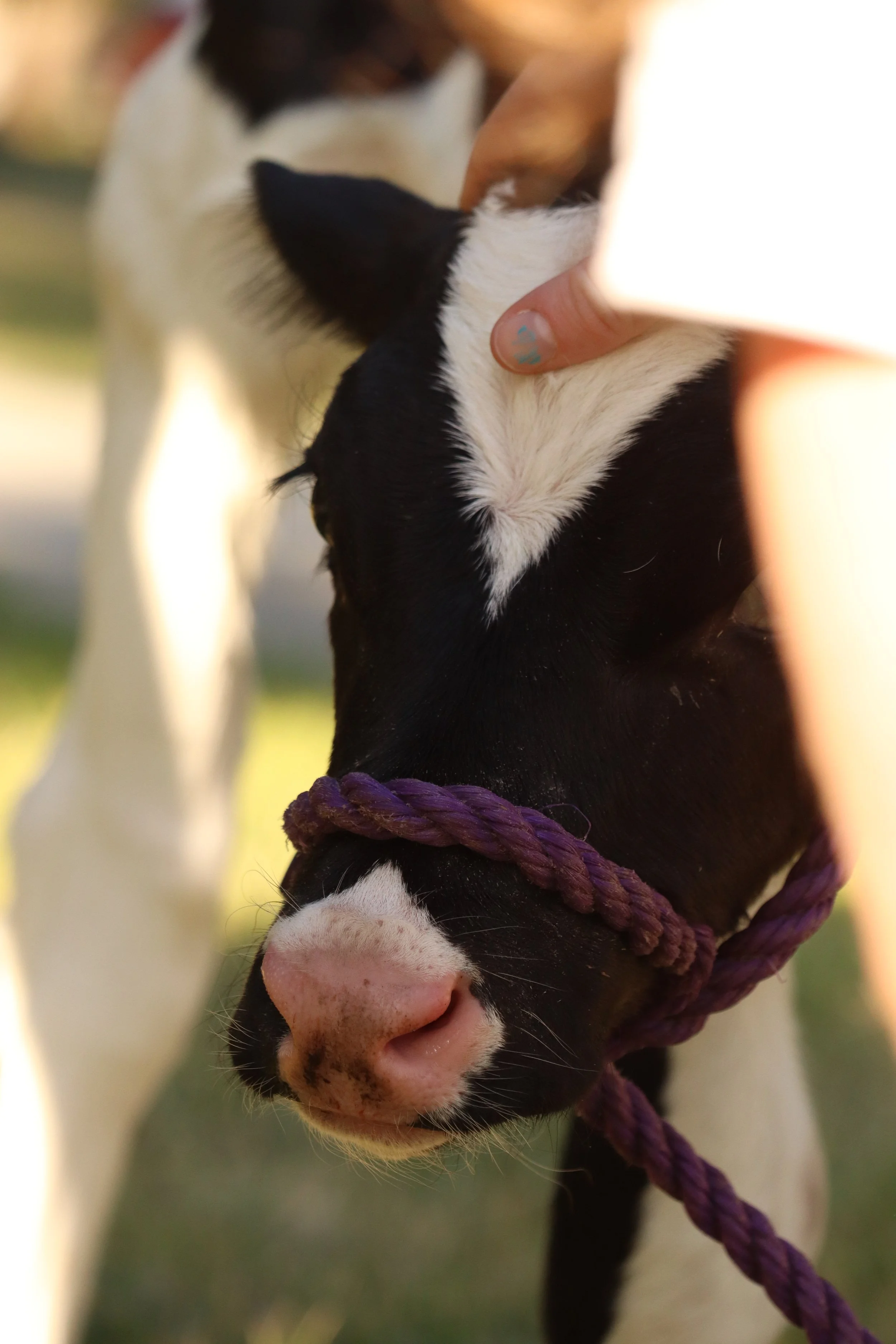Cornell Undergraduate Research Magazine
Your Second Brain: Gut Health and Mental Health
Ever been hangry? It might seem as if your stomach has a mind of its own. This idea is not far from the truth…
Space Medicine: Why Our Bodies Aren’t Built for Mars
When astronaut Scott Kelly rocketed into orbit in 2015, his voyage was not about exploration in the traditional sense; it was an experiment in endurance…
What Does Sewage Reveal About Public Health?
Surveilling sewage systems is an epidemiological approach for monitoring pathogen occurrence. It has emerged as a powerful tool in public health…
Profit or Progress? The Hidden Battle in Science
From movie scripts and Nike’s swoosh to insulin formulas and artificial heart valves, intellectual property (IP) protects human creativity and technical innovation through patents…
Bittersweet Nostalgia: Does Reminiscing Help or Hurt Us?
Nostalgia is a powerful human emotion, a state of mind that transports us back through time to the fond memories of our past…
From Moo to You: the Effect of Lactose Intolerance on Cornell’s Legacy
A beloved staple of the Cornell community, the Dairy Bar is a place where students, faculty, alumni, and visitors have gathered since its reopening in 2013. Yet the history of the Cornell Dairy extends much deeper…
Brother From a Different Mother
There are few facts of life that you can always count on: the human body is 60% water, you are one centimeter taller in the morning than at night…
CAR T-Cells: The Future of Personalized Medicine?
In 2012, Tom and Kari Whitehead were looking for a miracle-- their 6-year-old daughter, Emily, had once again relapsed with acute lymphoblastic leukemia…
Bacteria or Batteries?
Bacteria are possibly the most well-diversified organisms on Earth. Given their ability to multiply quickly…
Between Health and Beauty: The Ozempic Dilemma
If a weekly injection could change your body and maybe even your identity, would you take it? Ozempic turns this situation into…
Typesetting: Using DNA as a Historical Record
“WA HATH GOD WRUOGT?” read the scientists, leaping in excitement. Encoded within the cell’s DNA was…
Organoids: Modeling Humanity
How does one study the human body? Psychologists, anthropologists, and sociologists can much more easily answer this question than biologists can…
AI in the OR: Anesthesia Without Anesthesiologists
After pre-operative testing and final preparations, one of the last things a patient may do before going into surgery is have a conversation with their anesthesia provider…
Leucovorin: How is it related to Autism?
If you’ve opened up the news recently, you may have seen an article about leucovorin, a drug touted as a therapy for autism. Leucovorin was originally used as a supportive oncotic drug…
Fruit Flies: Annoying or Advanced–An Exploration of the Fruit Fly Model
What’s the first thing that comes to mind when you think of fruit flies? Is it the absolute annoyance of seeing them swarm in groups of ten or even a hundred? Or is it the fact that…
The Misinformation “Vaccine”
During the first three months of the COVID-19 pandemic, misinformation hospitalized 6,000 people, and killed almost 1,000. If the public is unable to discern fact from fiction, it’s not inconvenient: it’s deadly.
The Challenge of Zoonotic Spillover
As humans intrude on wildlife habitats, the invisible boundaries between species blur—creating pathways for pathogens to cross into humans. Zoonotic diseases are caused by the transmission of microbes…
Is All Research Created Equal?
Cornell undergraduates struggle relentlessly to get into their most desired research lab, but what is the environment like in the more niche lab offerings at this University?
Bears, Coyotes, and Beavers: Investigating the Diversity of Animal Life at Cornell
This semester has seen more than its fair share of wildlife encounters– from a wild Coyote to skinned bears and beaver sightings across the Ithaca campus…
The Unsung Heroes of Intestinal Health
Inflammatory bowel diseases (IBDs), such as Crohn’s or ulcerative colitis, while not uncommon, remain quite mysterious in terms of cause.






















